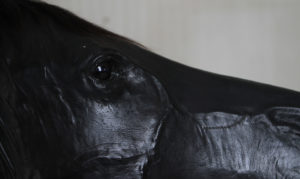
Skin // WS 20/21 // Design project starting from 5th Semester
Leather is one of the oldest materials used by humans to protect themselves from the elements. Moreover, leather craft has deep and very distinctive roots in many cultures. For its unmatched qualities such as durability, breathability, water repellence and biodegradability, leather was and is still used in a great variety applications. During its long history it was first transformed and crafted entirely by hand, in time becoming highly industrialised in its processing, with all the associated issues related to mass global production and consumption. In modern leather processing, the hides are so highly treated, that all reference to their origin is lost and most consumers are not even aware which animal skin they wear on their own skin.
How can leather be used with due respect to create ecological and enduring products, accessories or garments? The critical aspect of working with animal skin will raise a discussion about these complex issues and on the subject of cultural appropriation.
Lecturer: Prof. Wowo (Waldemar) Kraus, Gast Prof Deepti Barth, Stefan Hipp, Dorothée Warning
// Denise Kipke „Skin“
Skin, thematises the surface of the body. The connection between the inside and the outside communicates with us, it reflects our behaviour and our awareness towards it: if something is too tight, it stands out like a negative of the pattern. If you hit anything, your skin turns bluish. If it is cold, the fine, soft hairs of your body begin to stand up one by one. A collage of scraps and scraps of animal skin with bite marks from parasites, scratches or organic edges that are of no further use for industrial production shape the character of the design, just as each of our scars, our scratches and stains tells the remembered story of our own selves.
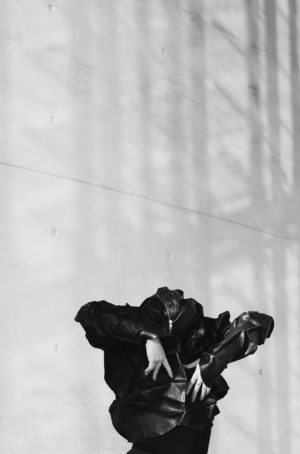
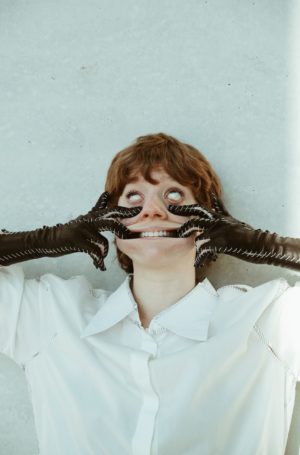
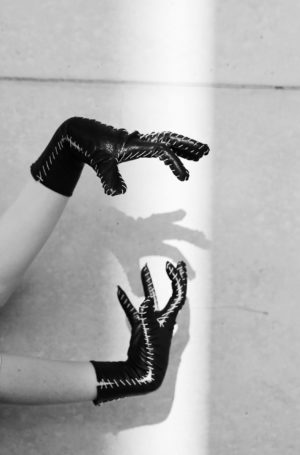
// Linus Nicholson & Karl Hoess „Keeper Of The“
Keeper of the was born out of the desire to create a label that makes clothes that are actively sustainable. In our current time, sustainability is the most important aspect of creating anything, but even a sustainable product can be consumed too much. So sustainability begins with the product but ends with the consumer. For us this creates two main aspects: the materials and means of production, and the final use of the product. Considering both these aspects we create products for the last generation that has still has the ability to turn the tide. As a material leather is one of the longest lasting in the garment industry and one that has the potential to outweigh it’s ethical and environmental drawbacks if used long enough. A sustainable yet unused product does not add to anything meaningful. We combine this with performance textiles and deliberate design. We want the wearer to feel the durability, quality and potential through wear, educating our customers in a more tangible way.
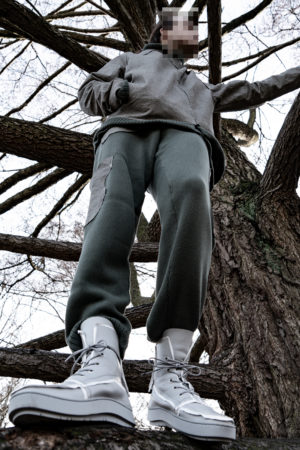
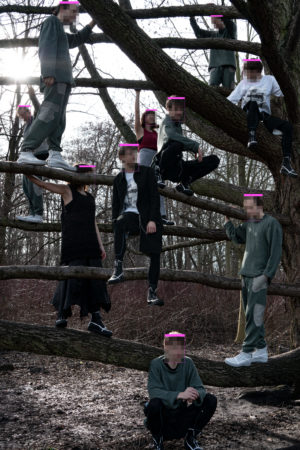
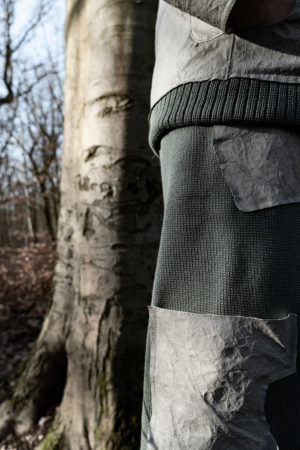
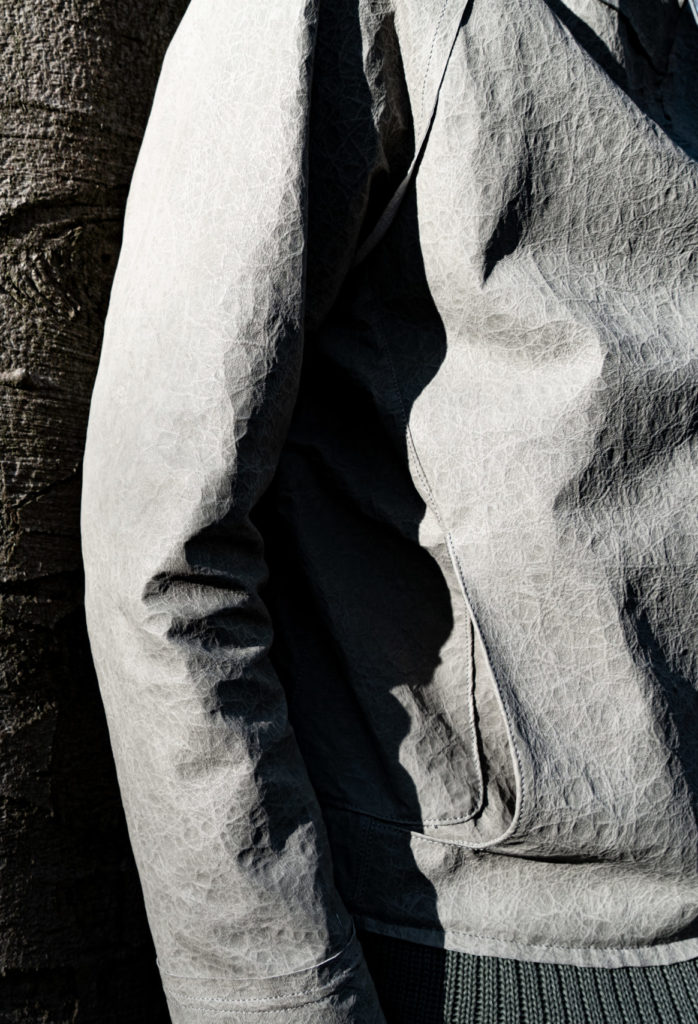
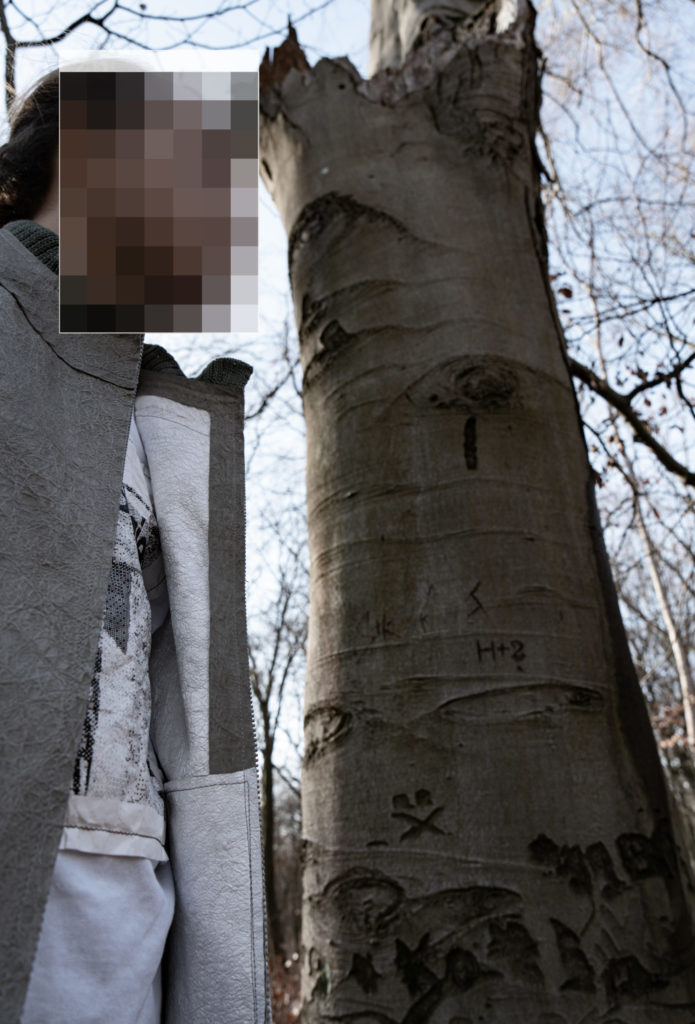
// FREE PROJECT //
// Laurin Stecher „Fucktrade“
Fashion has a great negative impact on our environmental conditions. We are all aware of this, yet clothing is becoming increasingly short-lived. The purchase decision is not based on the durability of the garment, but on the price in order to be able to follow quickly changing trends. In the best case, clothing should provide a sense of belonging to a group and individuality, but it should also be inexpensive and, above all, up-to-date. Essential components for self-made clothing such as sewing and cut construction are lost in mass consumption, as it is cheaper to buy new clothes instead of repairing them.
Social media also plays its part due to the general ephemeral nature of the internet. A digital identity has long been indispensable for many people. There, too, clothing is a very present medium for presenting one’s personality. However, there is an opportunity to minimise one’s
ecological footprint in the digital world.
Photo by Deepti Barth © 2011 Carol Christian Poell
Project from Denise Kipke: Photography – Caroline Thiergart; Model – Sabina Smith-Moreland
